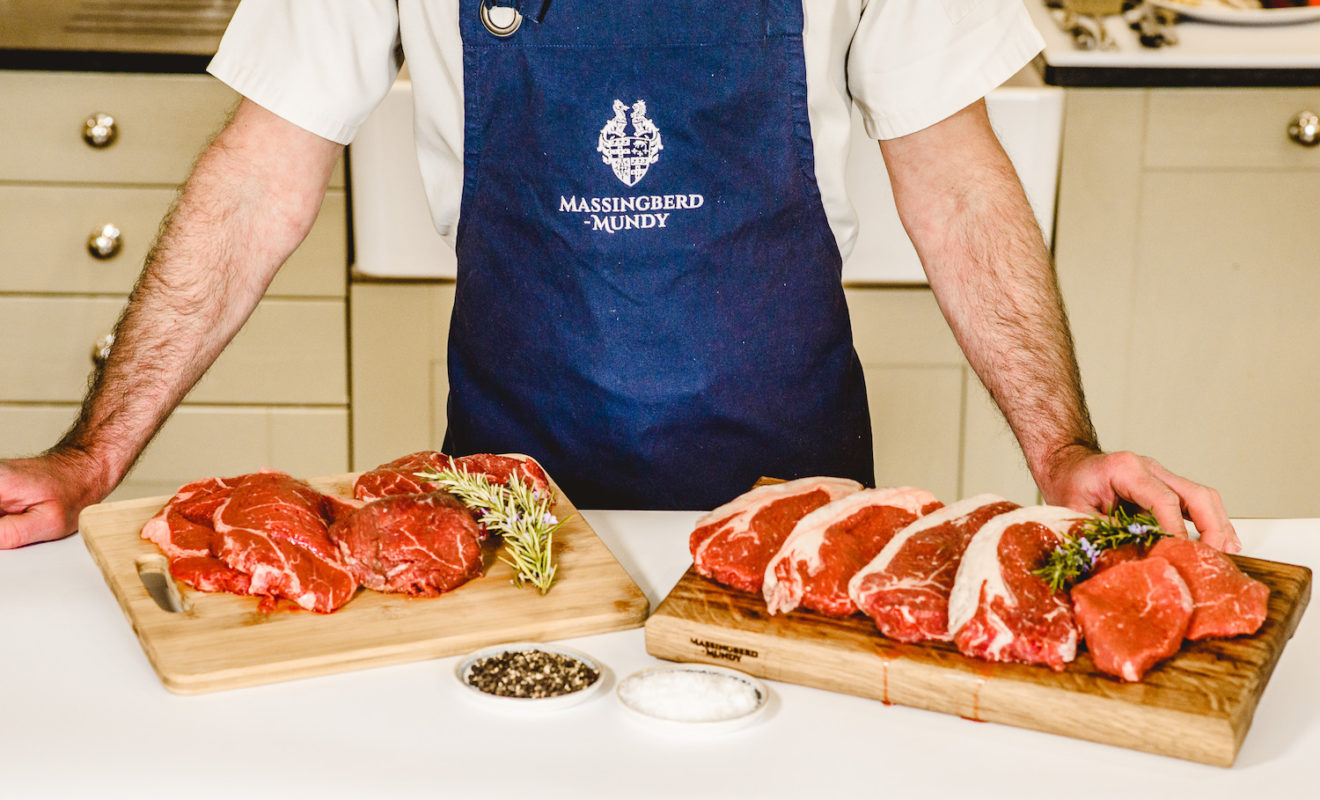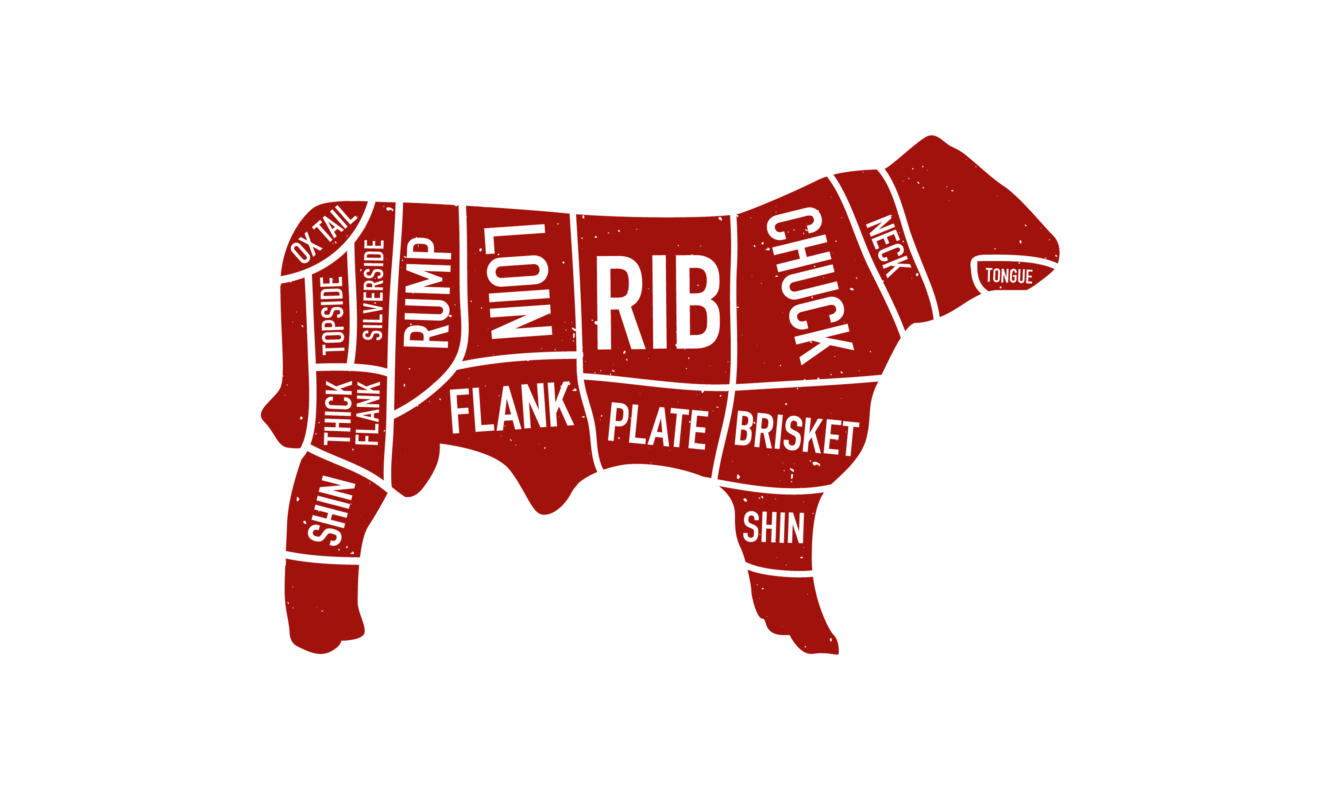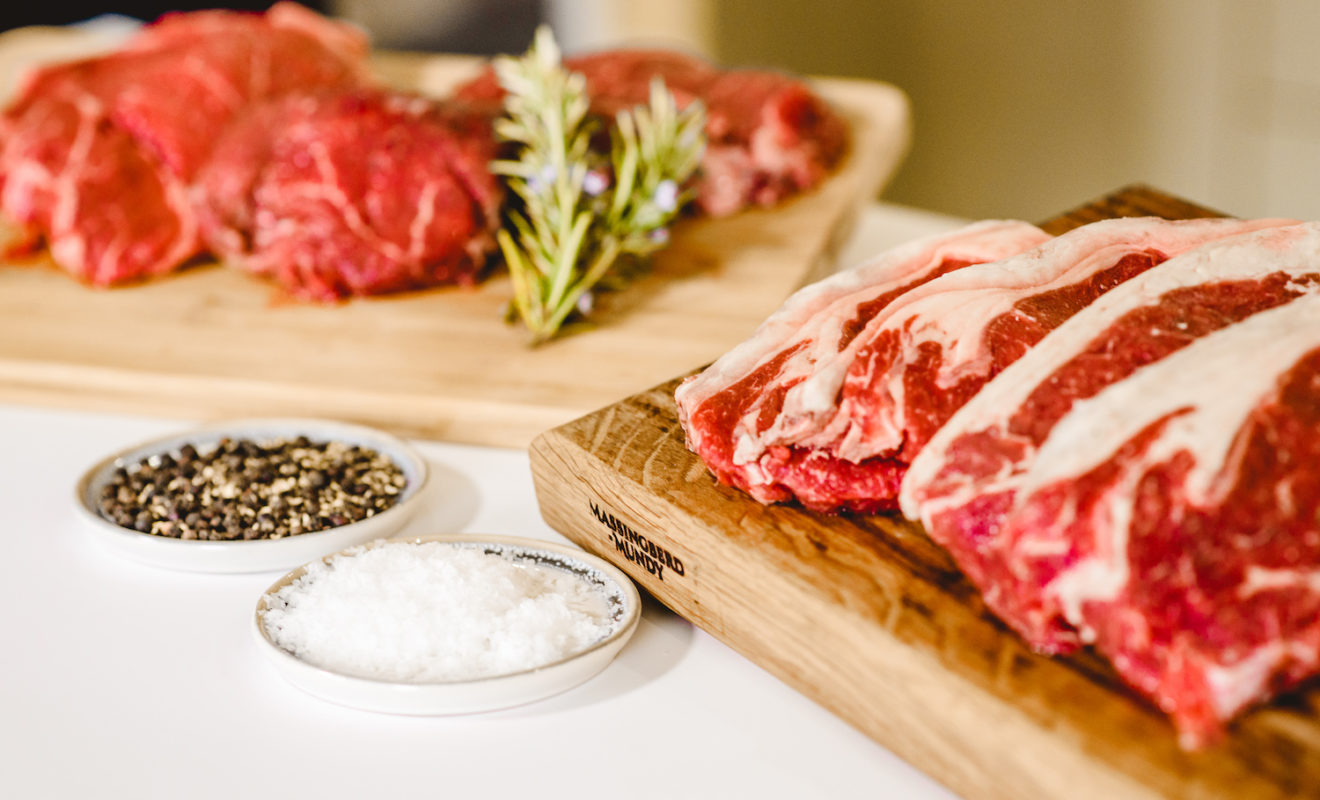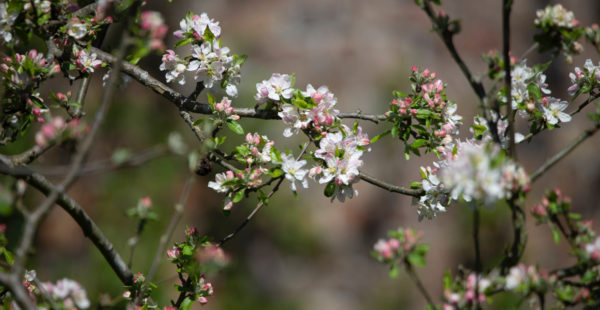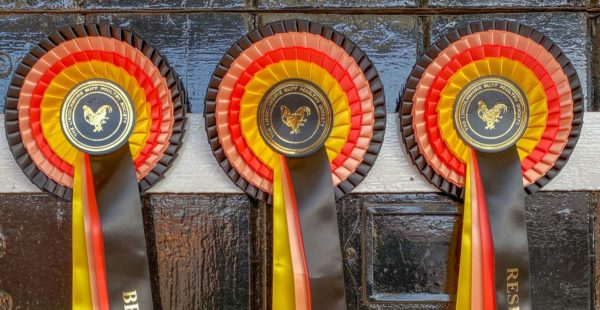Rib: Prime rib, short rib & rib-eye
The rib area, which runs from the sixth to the twelfth rib of the cow, contains some of the finest cuts of beef, with juicy, tender meat with delicious marbling. Cuts from this area include prime rib, short rib and rib-eye, and it also makes amazing diced beef which you can find in our Essentials Box and Family Box, available here. These cuts are best cooked over dry heat for long periods of time, which is why they’re very popular for being grilled or smoked in American-style barbecues.
Rib-eye is one of the most popular steaks due to its tenderness and rich flavour which comes from the ribbons of fat which are found throughout the meat, as well as an ‘eye’ of fat in the centre which should be rendered down during cooking. Rib-eye needs time for the fat to render and baste the meat, so it’s generally recommended that it should be cooked until medium.
Rib-eye steak is included in our ten piece Steak Box, available here.
Plate: Skirt & hanger/onglet
On the front belly of the cow and below the ribs is an area known as the plate or short plate. This area of the cow contains several cuts including short ribs, hangar steak or onglet and skirt steak. Cuts from this area are quite fatty and tough and they are also quite thin, coming with a tough membrane which should be removed before cooking. While these may pose a challenge for an inexperienced chef, these cuts also contain a lot of flavour which can be released if the steak is cooked very quickly in a pan or very slowly in a liquid.
Skirt steaks served on their own should be sliced against the grain and cooked over as high a heat as possible. Skirt steaks are often used in Mexican dishes because they lend themselves well to spicy and zesty marinades and they’re also great for barbecuing. Because they make excellent gravy, skirt steaks are also used in Cornish pasties.
Hanger steak or onglet has traditionally been used in French cuisine but the cut is gaining popularity in the UK. This is partly because it’s great for barbecuing, with the smoke complementing the flavour of the beef perfectly. With an intense, meaty flavour and a chewy texture, the meat should be cut against the grain to make it as tender as possible and it’s best served quite rare or slow-cooked or marinaded.
We include hanger steak in our Offal Box which is available here.

